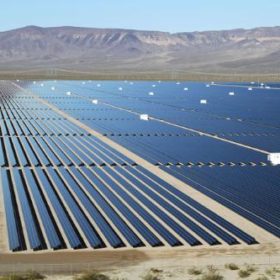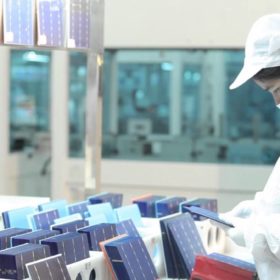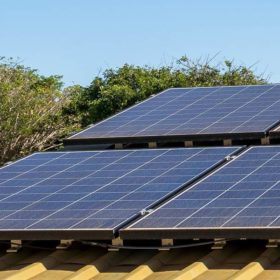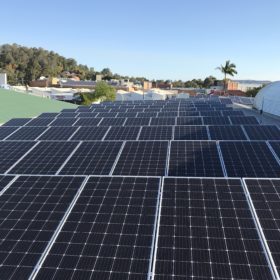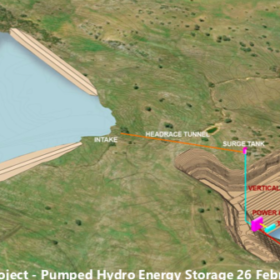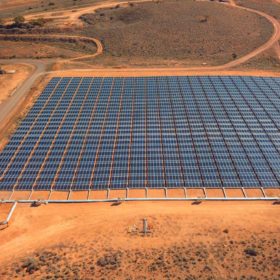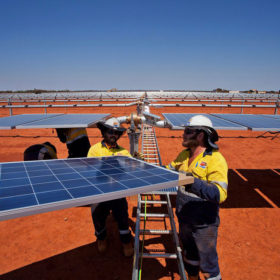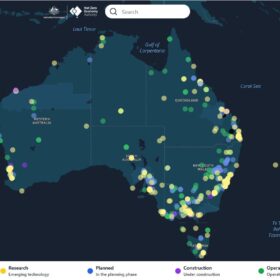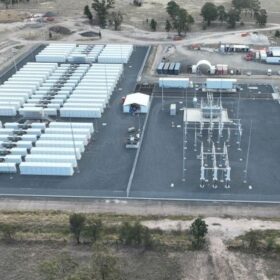Think-tank eyes up 10 GW sustainable future for Northern Territory
A new report raises awareness of the potential jobs and revenue opportunities for Territorians in a zero-carbon economy. The 10 GW Vision relies largely on solar PV.
India and Australia could strike first lithium deal
Mining company Neometals and Manikaran Power have started a jointly funded study into the feasibility of establishing India’s first lithium refinery, which would process ore from the Mount Marion mine in Western Australia.
Is the U.S. solar market slipping towards merchant?
As contract lengths shorten, U.S. solar developers and investors are relying more and more on sales of power in the spot market as the future.
Jinko supplied 351 MW plant in Vietnam
The Chinese manufacturer revealed it had supplied the modules to one of the largest PV facilities in the APAC region outside its homeland.
Horizon Power beefs up hosting capacity to accommodate more solar
More regional Western Australians will have the opportunity to install rooftop solar panels on their premises with 10 MW of additional renewable energy generation released on Horizon Power microgrids.
New York Senate passes the biggest renewable energy mandate in the US
The 70%-by-2030 renewable energy provision in legislation S6599 is second only to Washington DC’s 100% by 2032 aim, and includes targets of 6 GW of distributed solar by 2025 and 3 GW of energy storage by 2030. It is expected to pass the assembly today.
ReNu Energy enters HOA for four more shopping centre arrays
In an ASX announcement today, Queensland-based independent power producer ReNu Energyannounced that it has entered into a Heads of Agreement (HOA) with Shopping Centres Australasia Property Group (SCA Property Group) for a further four solar PV and embedded network projects at shopping centres in Queensland and Victoria.
Oz Minerals embarking on collaborative search for renewable solutions in mining
Copper miner Oz Minerals has announced the launch of a new energy & mining collaboration (EMC), with six other companies, institutions and ministries, to seek out innovative ways to develop and incorporate renewable energy and demand management into mine sites.
Santos petrol processing plant now powered by solar PV, thanks to AGL
AGL has completed a 2.12 MW ground-mounted solar PV system at Santos’ Port Bonython hydrocarbon processing plant in Whyalla, South Australia. The installation represents a step in the right direction for Santos’ emissions reduction program.
Western Australian mines to be powered with solar, wind and batteries
Two Western Australian mines will be powered by renewable energy hybrid microgrids echoing a global shift away from fossil fuels in the mining sector.


